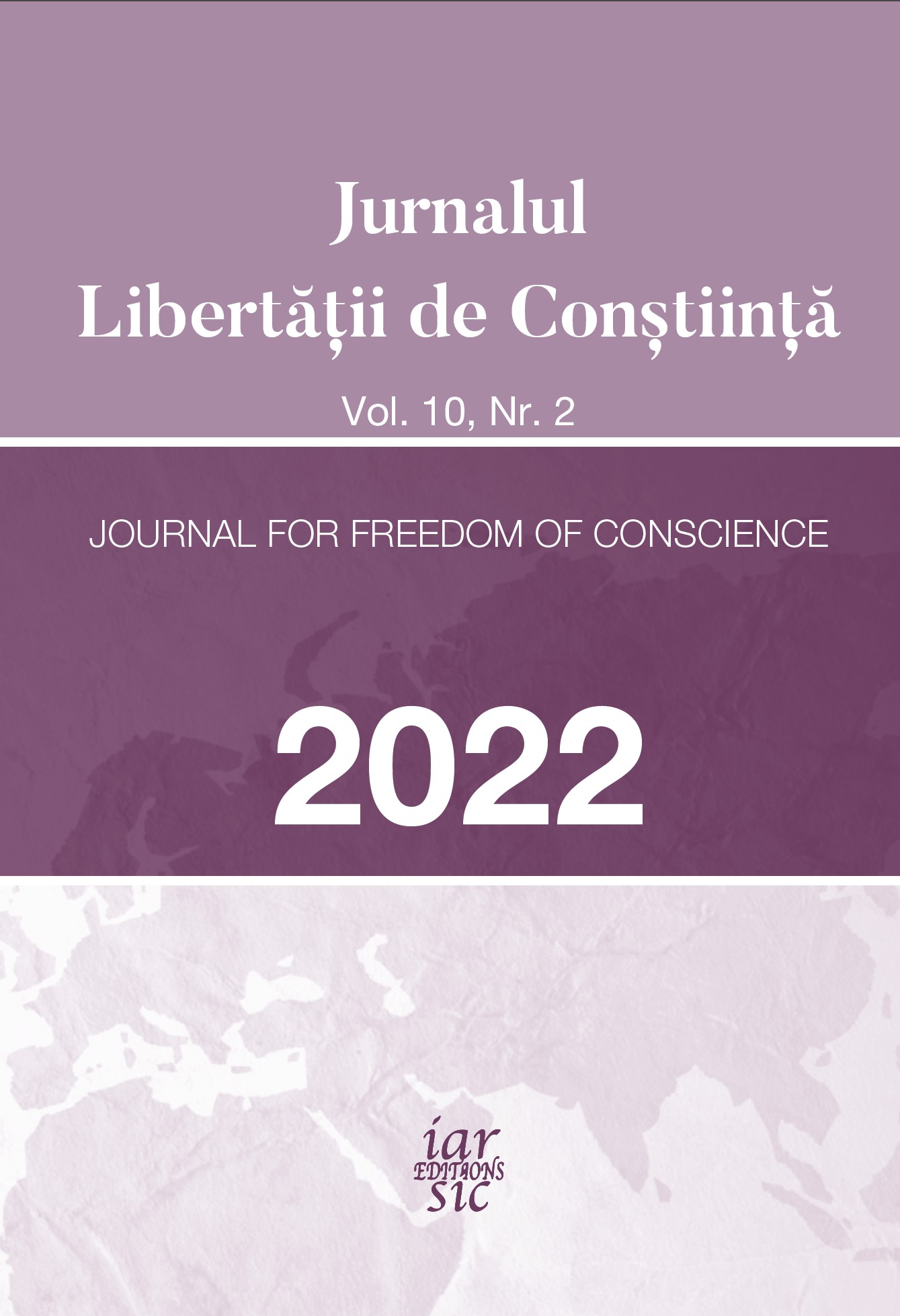WHERE ARE THE LIMITS OF THE LEGISLATIVE SYSTEM IN THE AREA OF RELIGIOUS DENOMINATIONS?
WHERE ARE THE LIMITS OF THE LEGISLATIVE SYSTEM IN THE AREA OF RELIGIOUS DENOMINATIONS?
Author(s): Laurenţiu TănaseSubject(s): History of Church(es), Human Rights and Humanitarian Law, Eastern Orthodoxy, Sociology of Religion
Published by: Editions IARSIC
Keywords: Romanian society; religious freedom; inter-religious dialogue; religious dignity; religious denomination;
Summary/Abstract: Our research focus is on contemporary Romanian society. The religious structure of the country observes the existence of numerous religious denominations, numerically minority, in the context of the presence of the Romanian Orthodox Church, a numerical majority church of over 85%. The Romanian Orthodox Church is closely linked to the history, culture, and ethnicity of the Romanian people. Romania is a member of the European Union and respects all the principles specific to democratic and democratic modernity and human rights. The Law of Religious Freedom, number 489, was voted by the Romanian Parliament in 2006. This law was considered a new and balanced act at that moment. Since then, almost 15 years have passed. By carefully analysing this period, we asked ourselves whether the Law of Religious Freedom promoted interreligious Dialogue and social Dignity. How can this be expressed in the context of contemporary religious pluralism and globalization ? What are the limitations but also the benefits of this approach? We will use research on the official documents of religious denominations, press reports, and academic analyses. We will interpret our analysis from the historical and sociological perspectives but also from the view of the legal and political sciences.
Journal: Jurnalul Libertății de Conștiință
- Issue Year: 10/2022
- Issue No: 2
- Page Range: 671-680
- Page Count: 10
- Language: English

